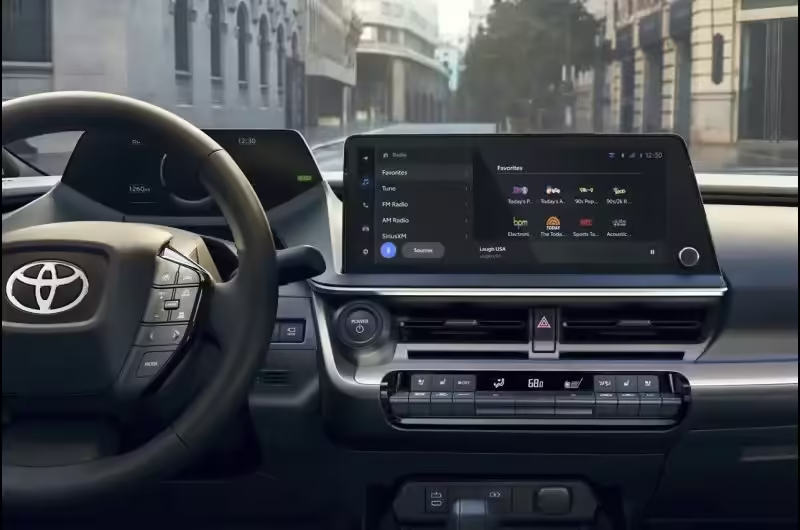Picture yourself near a racetrack, the ground shaking and the sound of engines hitting your chest as cars flash by in seconds. That’s the magic of Formula 1. What began as risky, raw racing has turned into a high-tech sport that keeps pushing limits. In this journey, cars have become smarter, safer, and faster, and every change has left a mark on history. In this blog, we’ll move through that story step by step. We’ll see how designs evolved, how safety grew, how rules shaped the sport, and why so many collectors still love keeping F1 model cars to remember each era. The path forward could surprise even the most loyal fans.
How Formula 1 Got Started
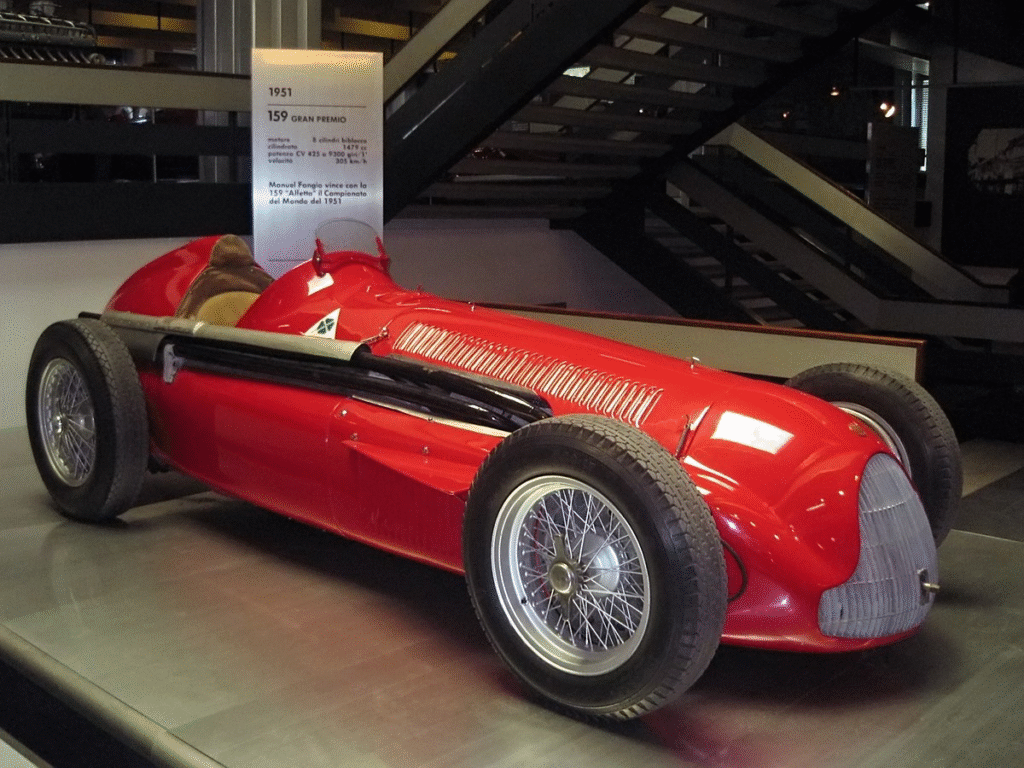
Formula 1’s roots came from early European races before it became official. The very first championship race was held in 1950 at Silverstone, UK. Those cars were simple machines with front engines, heavy frames, and almost no protection. Drivers had nothing but courage and skill to rely on, and every lap came with risk.
That first event gave us a winner, Italian driver Giuseppe Farina, driving for Alfa Romeo. It was the start of a rivalry-filled journey that shaped the decades to come. Even today, fans keep scale models of those cars to admire their plain looks, simple lines, and paint schemes.
Evolution Through the Decades
Every decade added something new. Let’s walk through how cars transformed year after year.
The 1950s: Chasing Pure Power
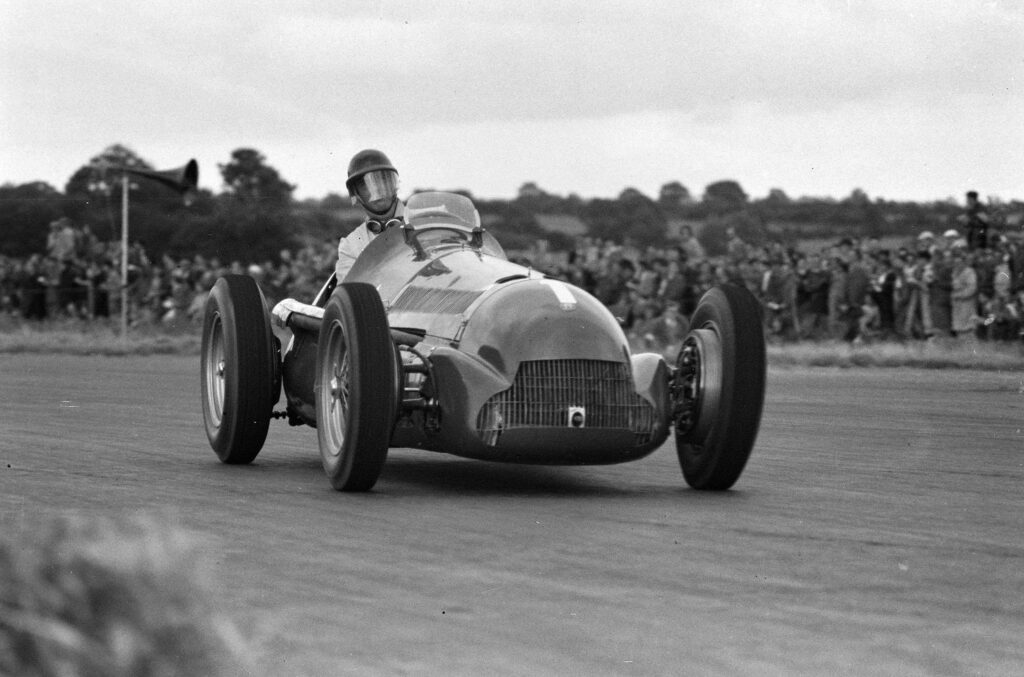
Teams chased speed with large engines that burned too much fuel. Cars had open cockpits, exposed fuel tanks, and high weight, which made crashes deadly.
- Big front-engine cars ruled.
- A simple chassis kept performance limited.
One highlight was Mercedes showing its dominance at Monaco in 1955 with Juan Manuel Fangio. F1 model cars from this period are still loved for their horsepower figures and early design.
The 1960s: Shaping for Speed
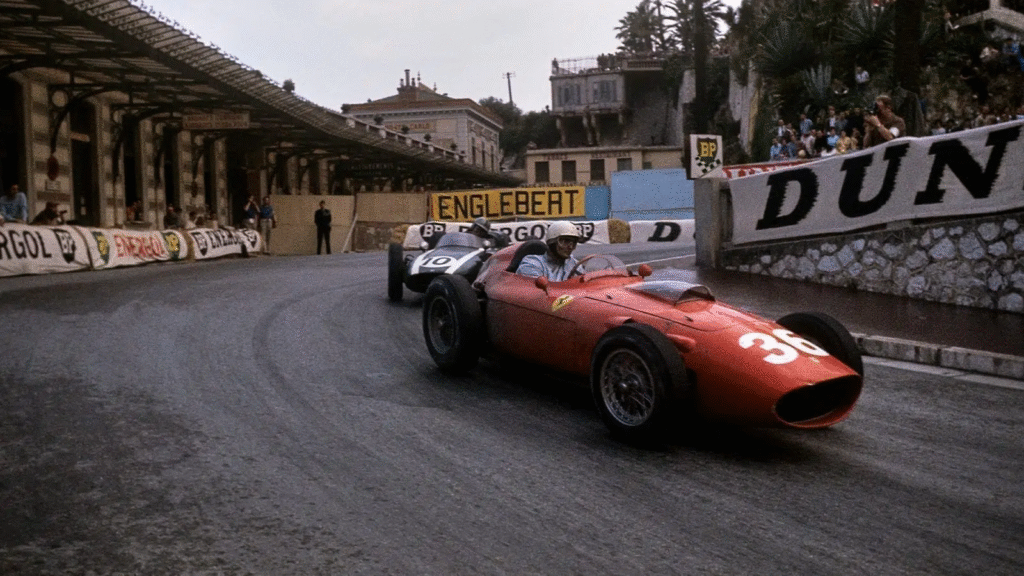
Aerodynamics started to matter. Engineers learned that wings could push cars harder onto the track. Rear engines became common for balance, while aluminum reduced weight.
- Wings arrived for downforce.
- Better tyres gave more grip.
At Monza in 1967, Jim Clark showed the edge of early aero development. Cars from this decade often inspire livery and paint patterns still seen in scale models.
The 1970s: Ground Effect Magic
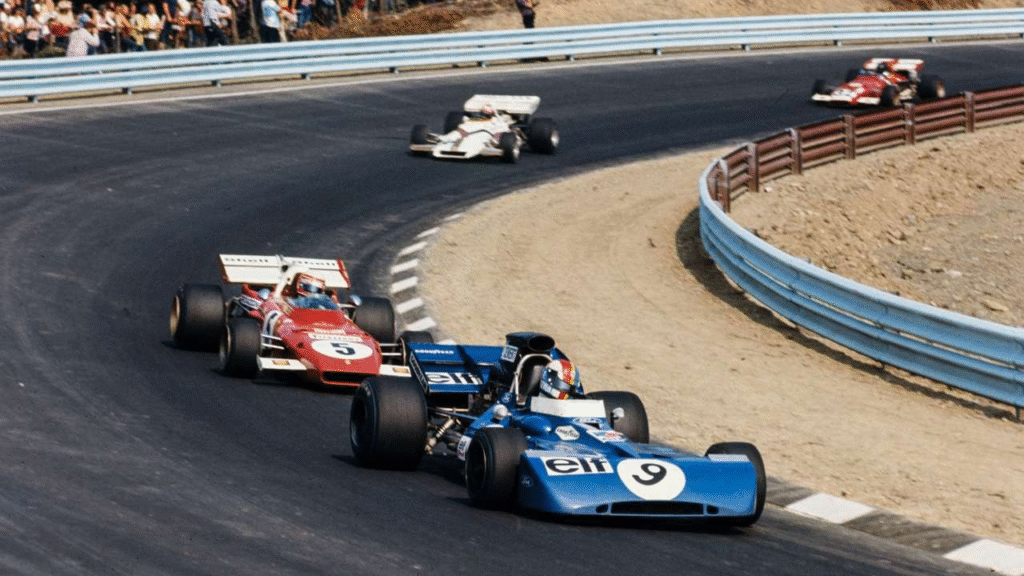
Designers discovered how the underside of a car could generate suction, sticking it to the track. It brought incredible cornering speeds but also sudden dangers if balance was lost.
- Tunnels under cars increased airflow control.
- Teams like Lotus led the way.
This was also when McLaren and Ferrari began shaping rivalries fans still talk about. F1 model cars of the 70s stand out for their wild colors, creative shapes, and iconic looks.
The 1980s: Turbocharged Thrills
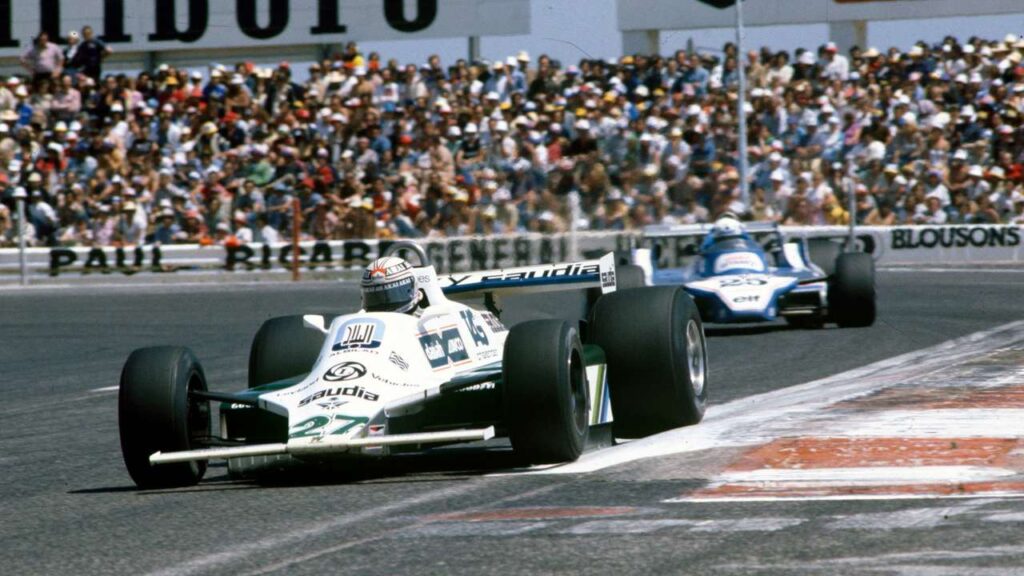
Turbo engines entered the scene with unmatched power. At times they produced up to 1,500 horsepower (hp) in qualifying. Drivers had to fight turbo lag, making races unpredictable.
- Engines got extreme, with sound and speed like never before.
- Rules later tried to reduce size and limit fuel.
The decade gave us unforgettable performances, with McLaren often leading the charge. Collectors enjoy models from this era for the detailed parts, steering wheels, and turbo-inspired builds.
The 1990s: Tech Takes Control
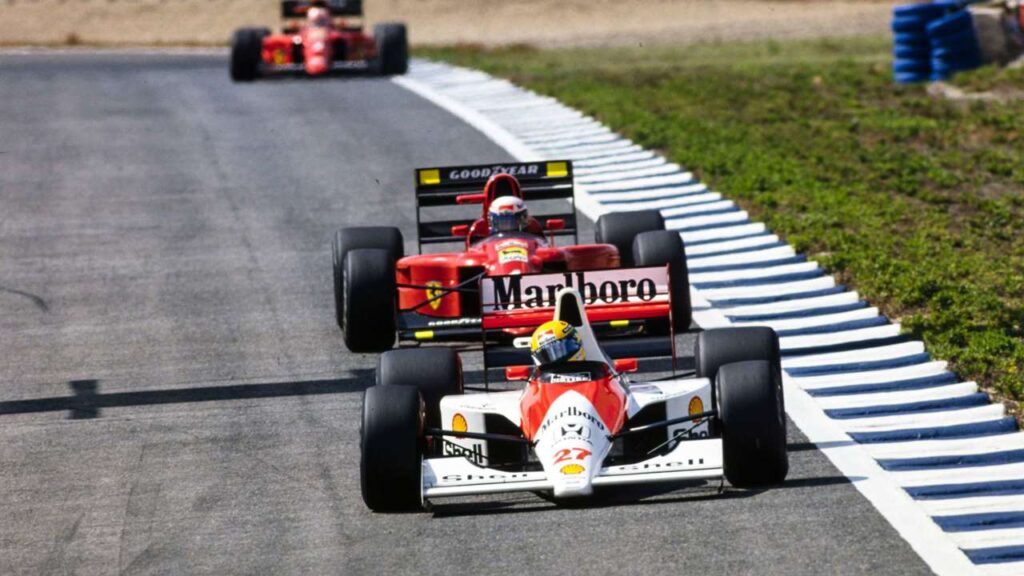
Electronics started to dominate. Cars gained computer support for traction, braking, and suspension. Carbon fiber became the standard material for lighter, stronger frames.
- Data logging made setups sharper.
- Active suspension made handling smoother.
But this era is also remembered for tragedy. Ayrton Senna’s crash in 1994 brought sweeping safety reforms. Models from the 90s often highlight steering details and cockpit updates.
The 2000s: Balancing Speed and Safety
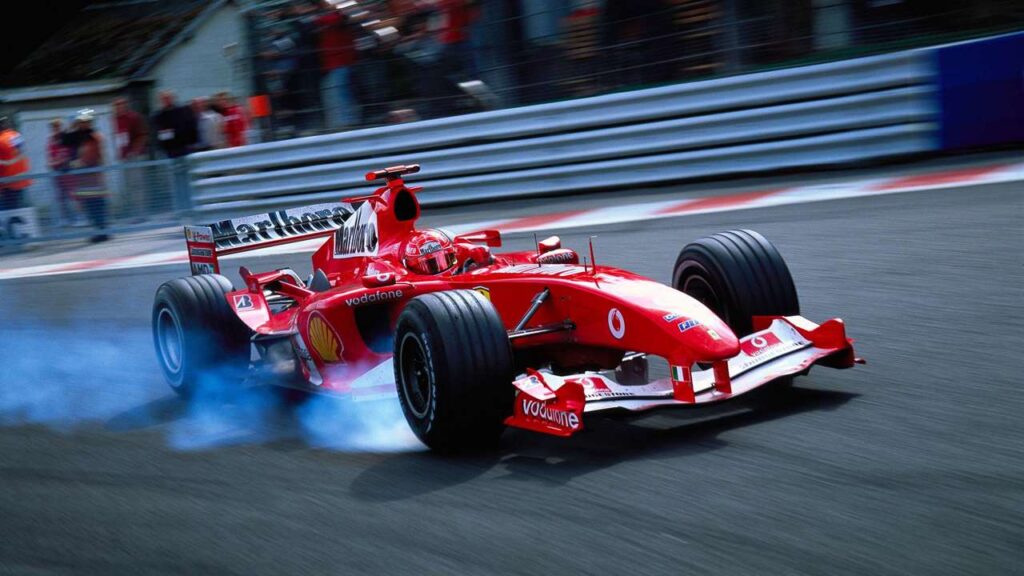
Rules became stricter to protect drivers while keeping cars fast. The HANS device reduced neck injuries, and standardized V8 engines balanced cost and performance.
- Stronger safety standards entered the sport.
- Aero changes made overtaking harder, so pit strategies gained importance.
The 2008 finale in Brazil showed just how dramatic modern F1 could be. Today, f1 model cars from this era remind fans of the mix between safety and raw speed.
The 2010s: Going Green with Hybrids

A new era began with hybrid systems. Energy from braking was stored and reused, blending power with efficiency. Mercedes set the benchmark, leaving rivals chasing.
- Hybrid engines mixed small turbos with electric boosts.
- Sustainable fuels started appearing.
The Indian Grand Prix at Buddh International Circuit was part of this chapter. Though it only lasted from 2011 to 2013 due to taxes and customs hurdles, it left an impression. Fans today hope India might return to the calendar.
The 2020s: Data and AI Power
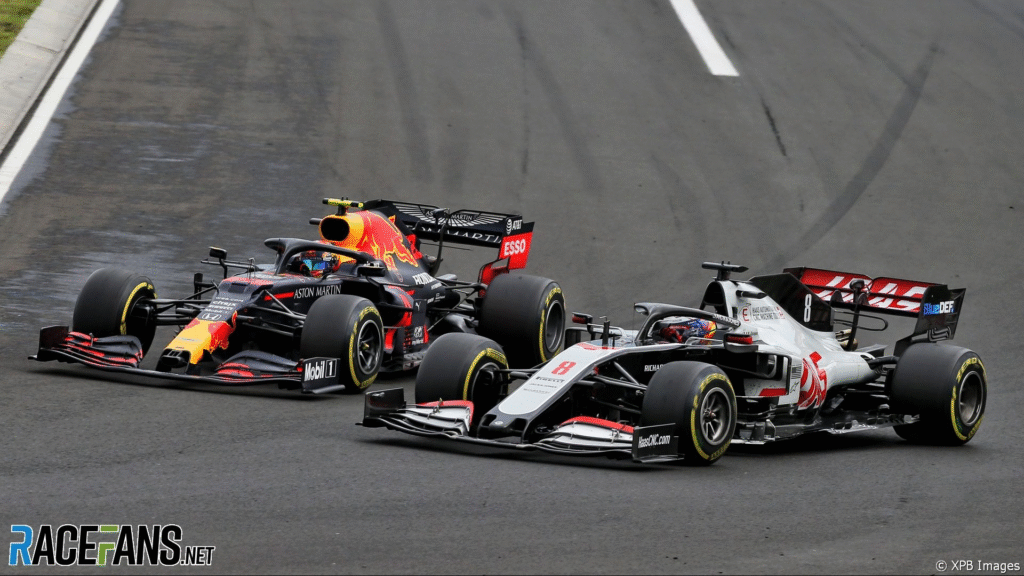
Real-time data now drives everything. AI predicts strategies, fuel use, and tyre wear. In 2022, ground effect came back, letting cars follow each other more closely.
- Teams rely on machine learning for testing.
- Focus is shifting toward sustainable fuels.
By 2025, McLaren is leading the standings with young drivers making headlines. Fans build lego sets and RC kits to recreate these modern designs, comparing size, top speed, and even engine cc claims.
Iconic Races That Shaped F1
- 1950 British GP: The first official championship race.
- 1961 Monaco GP: Stirling Moss held off quicker Ferraris.
- 1979 French GP: Villeneuve and Arnoux’s legendary battle.
- 1989 Japanese GP: Senna and Prost’s collision decided the title.
- 1997 European GP: Schumacher’s clash with Villeneuve.
- 2012 Brazilian GP: Vettel’s rain-soaked title comeback.
- 2021 Abu Dhabi GP: Verstappen overtook Hamilton on the final lap.
- 2025 Japanese GP: A thriller with constant lead changes in tough weather.
Design Changes Over Time
F1 cars started long and heavy with front engines. By the 1960s, mid-engines transformed handling. Over the years, materials shifted from steel to aluminum to carbon fiber, cutting down weight while boosting strength.
- Early designs were plain but strong.
- Modern aerodynamics use wings, floors, and diffusers.
- Engines moved from large V12s to efficient hybrids with better mileage.
Collectors of f1 model cars notice even the smallest changes, length, wing shape, or cockpit details, all part of the evolution.
Safety Milestones
Safety came slowly but saved lives.
- 1950s: Seatbelts and helmets.
- 1970s: Fireproof suits and stronger barriers.
- 1990s: Carbon cockpits and crash tests after Senna’s tragedy.
- 2000s: HANS device became mandatory.
- 2010s: The Halo proved vital in major accidents.
- 2020s: Virtual safety cars and AI-backed medical response.
With these steps, drivers today can push to the edge with more confidence.
The Role of Rules in Shaping Cars
The FIA controls F1 with strict regulations. These rules cover engine cc, fuel tank limits, crash tests, weight, and aerodynamic parts. A single change can force complete redesigns.
- Budget caps reduce cost gaps between teams.
- Sustainable fuels are now part of the future plan.
For example, the 2022 ground effect rule made teams rethink car design from scratch.
F1 in India: A Short but Exciting Run
India joined the championship in 2011 at the Buddh International Circuit near Delhi. It ran until 2013.
- Sebastian Vettel won the first race for Red Bull.
- Events ended due to tax issues and customs costs.
- Delays and disputes stopped its return.
By 2025, there are no confirmed plans, but fans still hope for another chance.
The Future of F1 Racing
The road ahead looks greener and faster. By 2030, expect:
- Hybrid engines with electric boosts.
- Biofuels and possibly hydrogen tests.
- Cars with lighter weight, smarter aerodynamics, and higher average speed.
- AI-driven strategies and maybe even autonomous testing.
The fastest F1 car in the world could look quieter but hit insane top speed with futuristic parts and sustainable power.
Why Fans Love F1 Today
People love F1 for its mix of drama, rivalry, and technology. Teams like Ferrari, Mercedes, and McLaren still lead intense battles. Off the track, fans bring the sport home with RC cars, lego kits, and f1 model cars. Collectors compare price, accessories, and rare scale models, while kids learn through play.
It’s not just a sport. It’s a culture that connects generations, from watching live races to building models with fine detail.
Conclusion
From simple cars of the 1950s to today’s high-tech hybrids, F1’s journey has been full of change. Decades of work on aerodynamics, safety, and design created the thrilling sport we follow today.
The 2025 season sees McLaren leading the charge, Ferrari fighting back, and fans eagerly awaiting more. Whether you love real races or collecting F1 model cars, the story keeps getting better. Stay tuned to the fast lane. Follow My Car Wisdom for more F1 updates, car insights, and news about what’s next.
Raja Yadav, the content writer at My Car Wisdom, brings a unique voice and style to our blog. With a knack for storytelling and a keen eye for detail, Raja ensures that every piece of content is informative, engaging, and easy to understand. His focus is on delivering high-quality articles that cater to both novice car owners and seasoned automotive enthusiasts.


